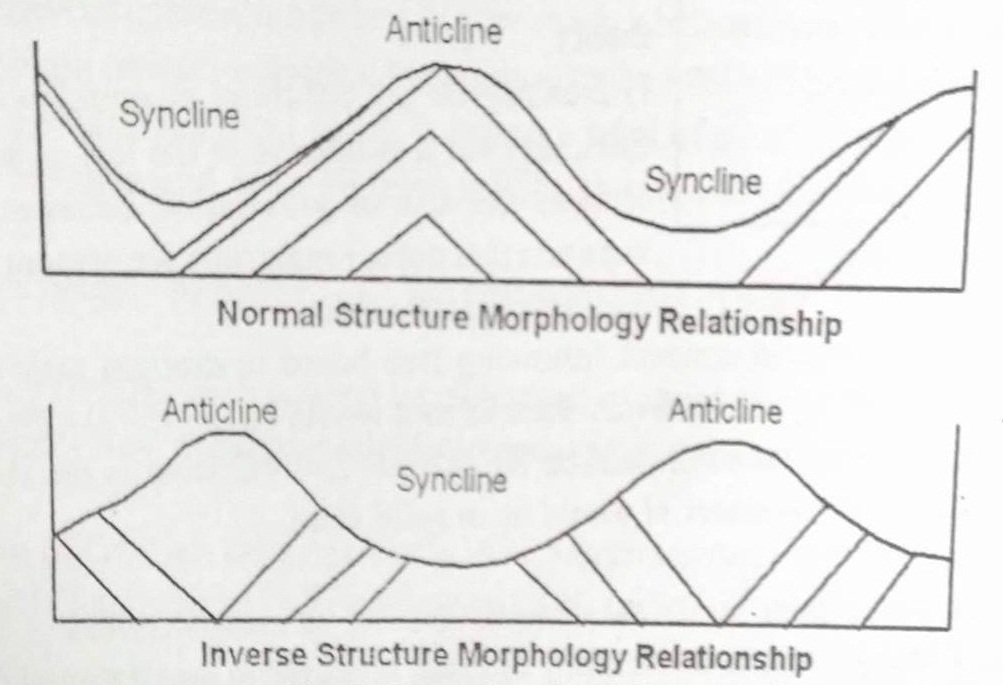
Inversion Relief Geography for You
The relief (also known as terrain ) of an area is the physical configuration or appearance of the land surface in terms of shape, orientation, size, elevation, and slope. The earth's surface is made up of various natural features such as water bodies, vegetation, landforms, rocks, etc. For any natural feature to be considered a relief.

Social Sciences 1 ESO KINDS OF RELIEF
The relief map definition is a map that shows the height and elevation levels of the land, generally through shading, tints, or contour lines. Whereas a GPS or roadmap might be used for travel.
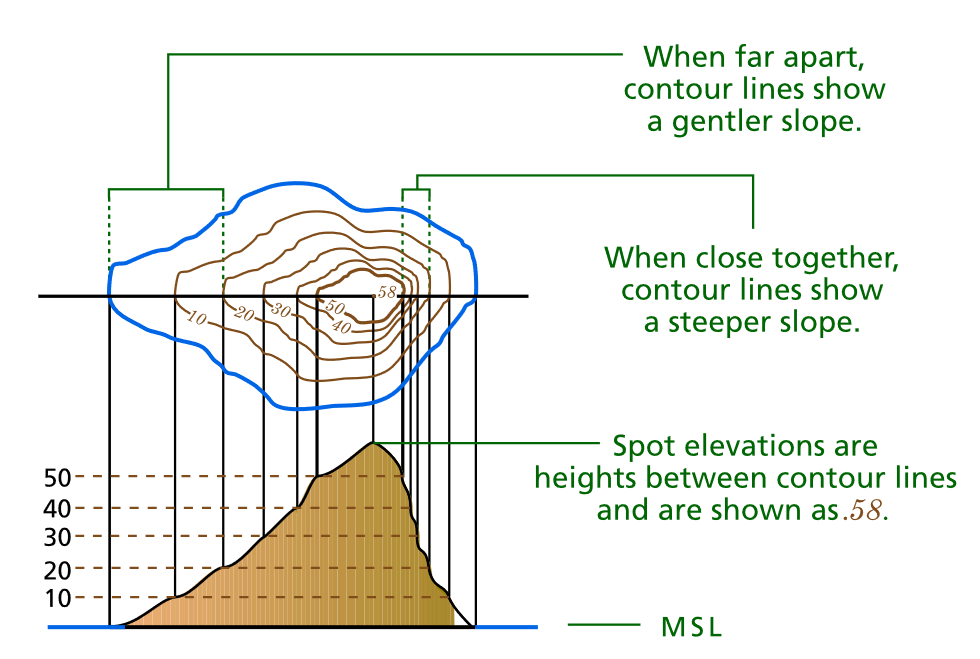
How to Read River Flow on Topographic Map Lloyd Beatems
The term relief refers to the variations in elevation and slope of an area of the earth's surface. When we say that an area is flat, gently sloping or mountainous, we are speaking about the relief of the area. Relief is major influence in many aspects of our lives including the climate and where we choose to live. On a map you may be able to.

Pin on Earth Science
Relief is a term used in geography and cartography to describe the variation in elevation and the overall shape of the Earth's surface, including its hills, valleys, mountains, and other landforms.
:max_bytes(150000):strip_icc()/arid-terrain-and-mountain-range-of-ladakh-region--india-626282028-5afc9eaaae9ab80036385efe.jpg)
¿Qué significa 'relieve' en geografía?
noun Synonyms of relief map : a map representing topographic relief Examples of relief map in a Sentence Recent Examples on the Web Shaded relief maps based on lidar data and showing landslides in the area of Yankee Jim Canyon, Montana.
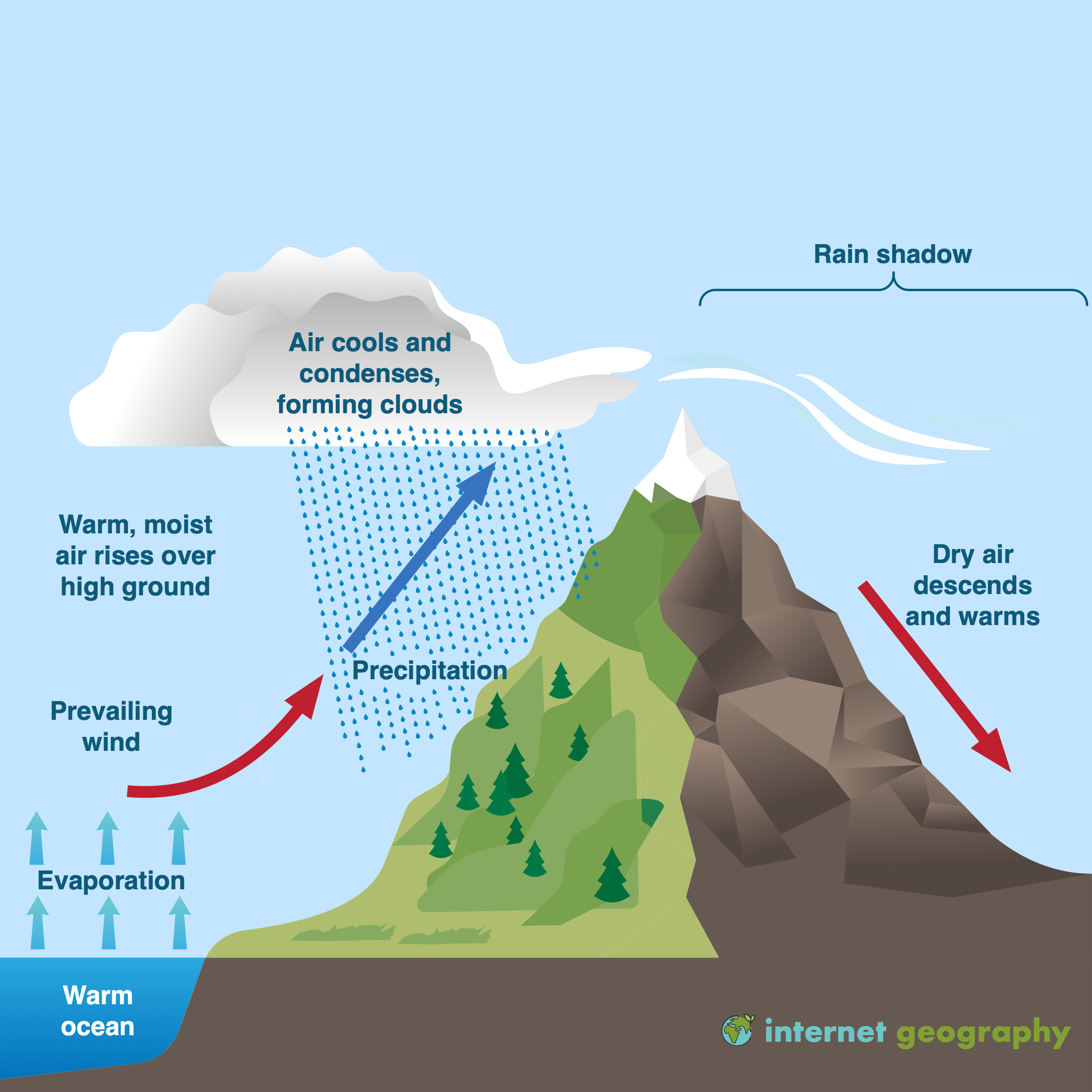
Identify the Steps in the Rain Shadow Process AileenkruwShannon
Natural features include relief, which is sometimes mistakenly understood to be the sole feature characterizing a topographic map, and hydrographic features, such as lakes and rivers; man-made features include other characteristics of the subject area, such as cities, towns, and villages, and roads, railroads, canals, dams, bridges, tunnels,…

What Are Contour Lines on Topographic Maps? GIS Geography
'Relief' is the term used for the differences in height from place to place on the land's surface and it is greatly affected by the underlying geology. Relief relies on the hardness, permeability and structure of a rock. High Force waterfall, Teesdale, County Durham. BGS © UKRI. Burway Hill, Long Mynd, Shropshire. BGS © UKRI.

Relief features of Ocean
Geography (Physical) The Physical Environment (Ritter) 14: Earth Materials and Structure

Mapping Landforms National Geographic Society Teaching geography
Table of Contents Home Geography & Travel Countries of the World Relief of Canada Canada contains within its borders a vast variety of geographic features. In general, the country's landform structure can be considered as a vast basin more than 3,220 miles (5,200 km) in diameter.
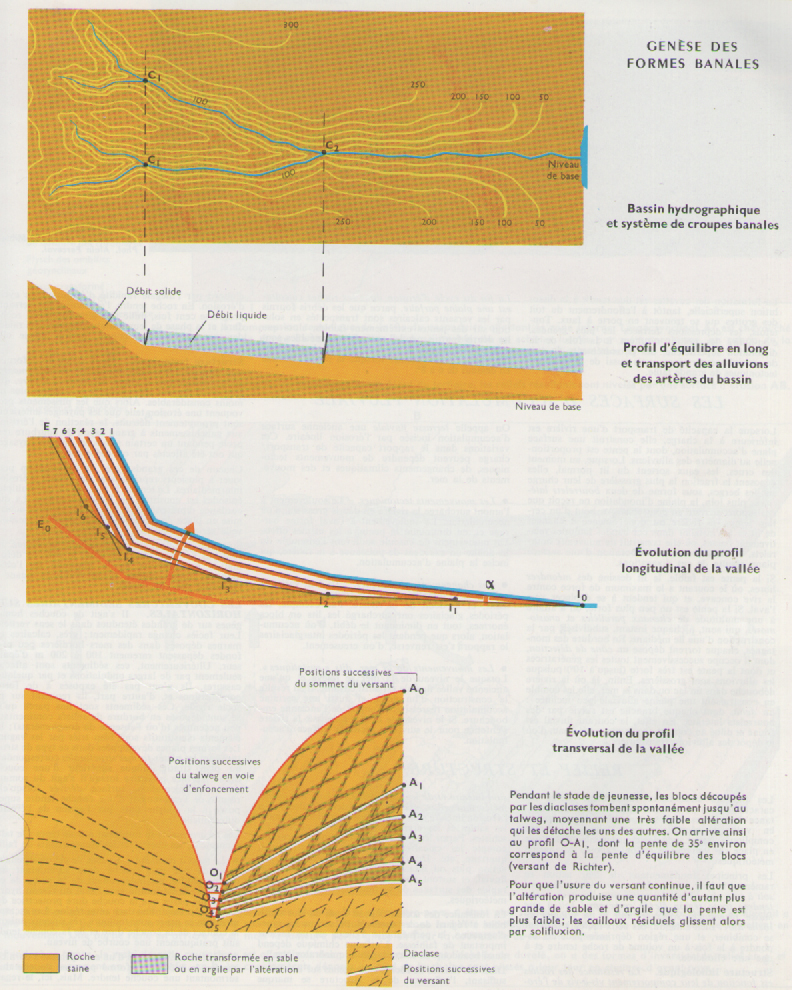
Topographie Reliefs
relief (land) Definition The physical shape, configuration or general unevenness of a part of the Earth's surface, considered with reference to variation of height and slope or to irregularities of the land surface; the elevation or difference in elevation, considered collectively, of a land surface.

Topographic Maps Definition ppt download topographical landscape
What Is Meant By Relief In Geography? Relief in geography describes the height of an area on the Earth's surface. This term is often used when describing elevation, so the height can be relative to sea level. The relief in geography has been an important aspect of geographical studies for centuries, and it continues to be an important aspect today.

What Are The Deepest Features Of Ocean Floor Viewfloor.co
Relief is the difference in the height between two points, which is the high point and the low point on a landscape, this is measured in feet or in metres. Relief structures can also be defined as qualitative characteristics like the "low relief plains" or the "high relief rolling hills".

Relief Map Definition, History & Use Video & Lesson Transcript
Relief rainfall, also known as orographic rainfall, occurs in areas where land increases height. It is widespread on the west coast of the United Kingdom due to the prevailing weather coming from that direction. Relief rainfall is formed when the air cools as it rises over relief features in the landscape such as hills or mountains.
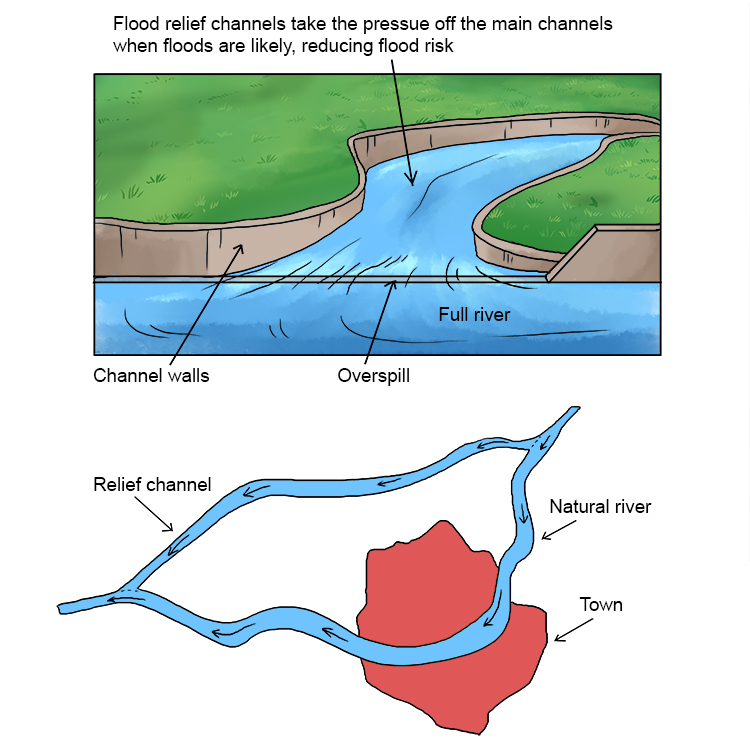
Flood Relief Channels Geography Mammoth Memory Geography
mountain, landform that rises prominently above its surroundings, generally exhibiting steep slopes, a relatively confined summit area, and considerable local relief. Mountains generally are understood to be larger than hills, but the term has no standardized geological meaning. Very rarely do mountains occur individually.
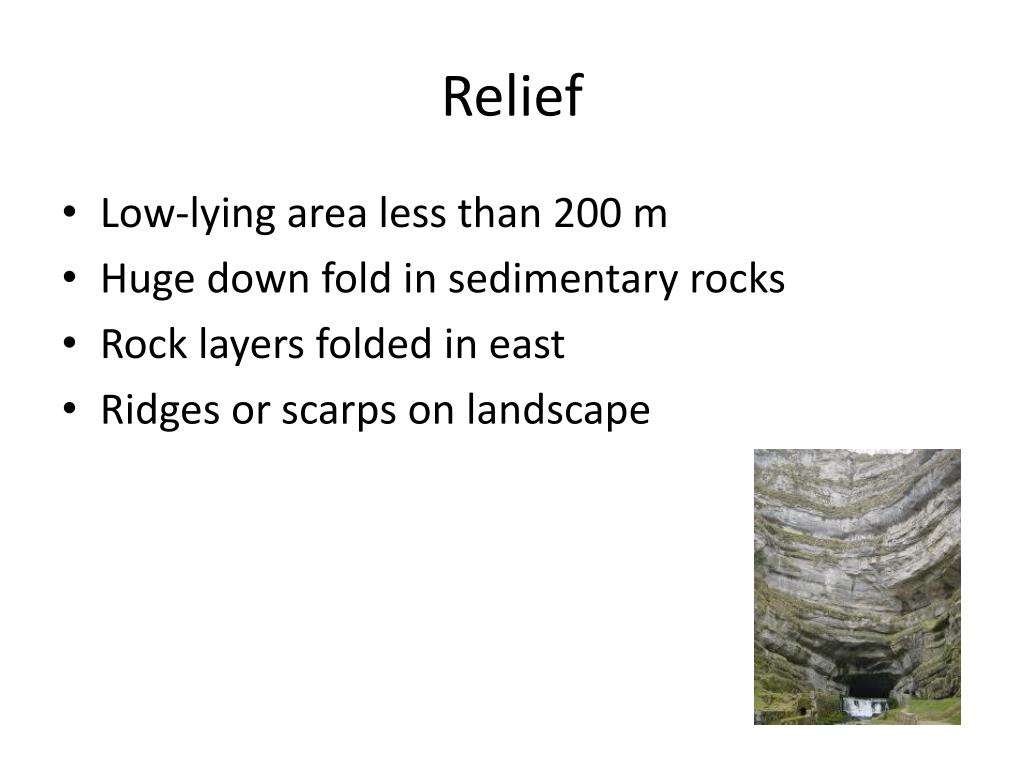
PPT Regional Geography PowerPoint Presentation, free download ID
#geographybasics #geogbasics #geography Today I am talking about Relief and how you can interpret the relief of the land. You will most commonly find relief.

Fascinating Relief Maps Show The World's Mountain Ranges Relief map
Relief is the variations in the elevation of the ground surface, also features of height above a plain or reference datum. On a relief map, relief is depicted by hachures or shading, or, more accurately, by contours or by spot elevations or both. This relief map shows elevation contours. Hills are steeper where the contours are closer together.